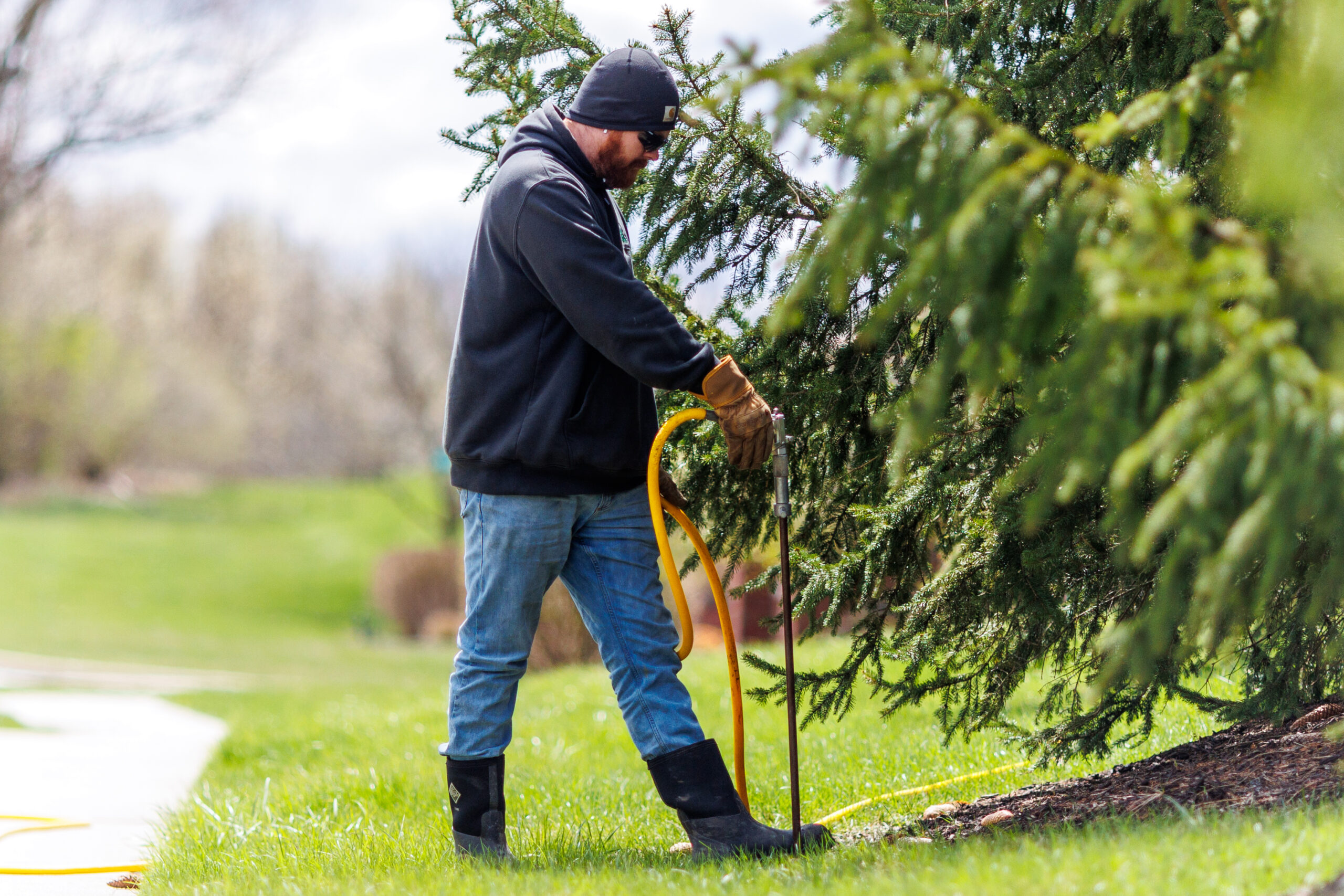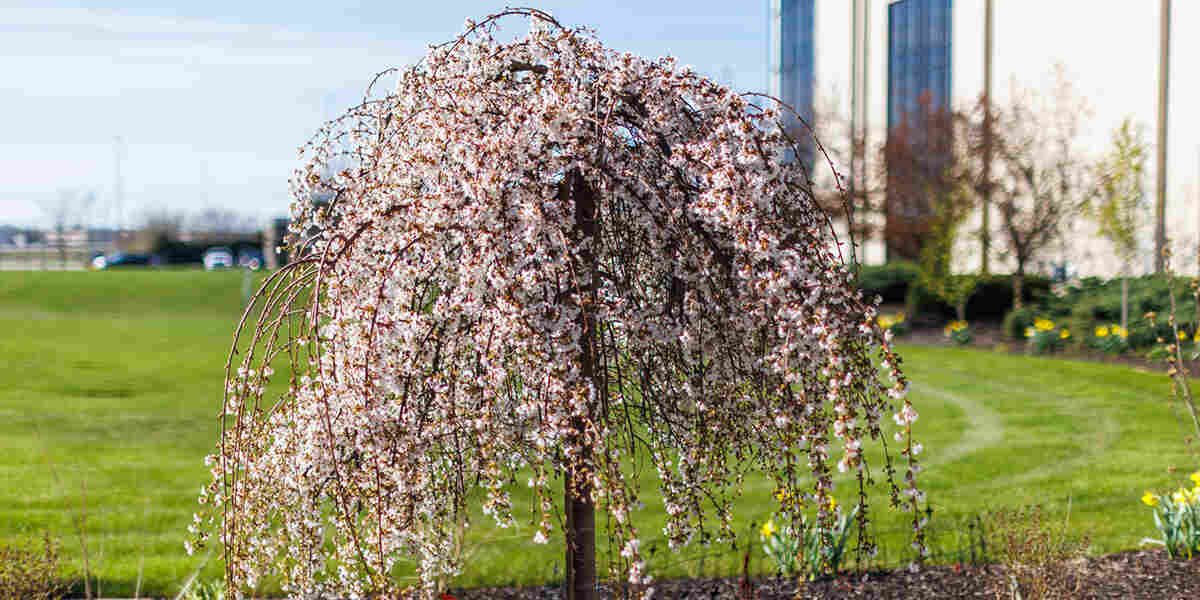Tree Nutritional Excellence Guide
Understanding the complex relationship between nutrition and tree health is indispensable for ensuring the longevity and vigor of trees. This article is a comprehensive exploration into the significance of proper nutrition in tree healthcare. It intricately intertwines the concepts of essential nutrients, their sources, and the impact of nutritional deficiencies, presenting a gamut of strategies to enrich and invigorate trees efficiently.
Understanding Nutrition in Tree Health
Trees, the guardians of our ecosystems, depend profoundly on nutrition. Nutrition acts as the fulcrum of tree healthcare, supporting various aspects such as growth, resilience, and vitality. Trees that receive proper nourishment exhibit heightened resistance to diseases and pests, along with presenting vibrant foliage and robust growth. Every nutrient plays a specific role, enabling trees to thrive in diverse environments and contributing to the ecological balance.
Importance of Adequate Nutrition for Trees
Proper nutrition is crucial to the holistic well-being of trees. It acts as the armor, enabling trees to withstand environmental stress, diseases, and invasions by pests, thus creating a favorable environment for their optimal growth and development. The process of supplying trees with adequate nutrients is a meticulous one, requiring a nuanced understanding of the trees’ needs, the soil composition, and environmental conditions.
Essential Nutrients and Their Sources
-
- Macronutrients: The Building Blocks
Trees require a substantial amount of macronutrients, including nitrogen, phosphorus, and potassium, for their wholesome growth and development. Each macronutrient performs a unique function, underpinning various physiological functions within the trees, from energy production to cellular structure maintenance, thus fostering the overall health and vigor of the trees.
- Micronutrients: Essential for Health
While required in trace amounts, micronutrients such as zinc, iron, and manganese are pivotal for the trees’ overall health. These elements are involved in several biochemical processes, from enzymatic functions to chlorophyll production, underlining their significance in maintaining the structural integrity and functional efficacy of trees.
- Utilizing Fertilizers for Nutrient Supply
Fertilizers play a pivotal role in nourishing the trees. They revitalize the soil with essential elements, aiding the trees in their journey to thrive and bloom. The astute application of fertilizers is crucial to mitigate risks associated with over-fertilization and to maintain the equilibrium of nutrients in the soil.
Impact of Nutrient Deficiency on Trees
Recognizing Symptoms of Nutrient Deficiency
Recognizing the initial symptoms of nutrient deficiency is a crucial step towards maintaining tree health. Signs like yellowing leaves, hindered growth, and premature leaf fall signify an imbalance in nutrition, calling for immediate attention and remedial actions to reinstate the nutritional balance.
Addressing Long-term Effects of Nutrient Deficiency
If overlooked, nutrient deficiencies can wreak havoc on trees. Addressing these imbalances swiftly through apt nutritional solutions is imperative to mitigate long-lasting damages and to rejuvenate the health and vigor of trees, fostering their longevity and resilience.
Effective Nutritional Solutions for Optimal Tree Healthcare
Implementing Proper Soil Management
Optimal soil management is integral to robust tree health. Enhancing the fertility of the soil through the integration of organic matter and ensuring proper aeration and drainage can set the stage for the uninterrupted availability of vital nutrients to the trees, thus promoting their flourishing growth and resilience against adversities.
Importance of Regular Nutritional Assessment
Conducting regular and meticulous assessments of the nutritional status of trees is quintessential. It aids in the early detection of any nutritional deficiencies or imbalances, facilitating timely interventions and mitigative measures to rectify the discrepancies, thus averting any potential damages and sustaining the trees’ thriving existence.
Role of Organic Matter in Nutrition Supply
Organic matter acts as the reservoir of essential nutrients. It not only ameliorates the soil structure and water retention capacities but also ensures the continual availability of nutrients to the trees, bolstering their vitality and resilience against environmental stressors.
Monitoring and Maintenance of Tree Health
Regular Inspection for Disease Prevention
Regular and meticulous inspections can uncover the presence of diseases and pests early on. These timely detections are instrumental in taking immediate corrective actions to contain the spread and mitigate the impact, thereby preserving the health and vitality of the trees. Contact our Plant Healthcare Professionals to get a free consultation!
Appropriate Watering Techniques
Proper and regular watering is essential for the health of trees. It not only facilitates the absorption and translocation of nutrients within the trees but also ensures that the trees are well-hydrated and nourished, fostering their well-being and longevity.
FAQs
How often should trees be fertilized? Fertilization frequency for trees hinges on various factors including their species, age, and the prevailing environmental conditions. Generally, an annual or semi-annual fertilization regimen is beneficial for most trees, providing them with the essential nutrients they require to grow and flourish.
What are the signs of over-fertilization in trees? Over-fertilization can manifest through various signs such as leaf scorch, yellowing of leaves, stunted growth, and in severe cases, it can lead to root damage and ultimately, the demise of the tree.
How can soil condition be improved for better tree health? Improving soil condition is multifaceted, involving the incorporation of organic matter, maintaining proper pH levels, and ensuring optimal levels of moisture and aeration to create a nutrient-rich environment conducive to the healthy growth of trees.
Are there any natural sources of nutrients that can be used for trees? Indeed, natural sources such as compost, manure, and organic mulches are invaluable in enriching the soil with essential nutrients, offering a sustainable and eco-friendly approach to tree nutrition.
How can one determine the nutritional needs of a tree? Determining the nutritional needs of a tree involves a combination of soil testing, visual inspection of tree symptoms, and consultation with certified arborists or tree care professionals who can provide insights and recommendations based on their assessments.
Can improper nutrition lead to diseases in trees? Absolutely, improper nutrition can debilitate trees, rendering them more susceptible to a myriad of diseases and environmental stressors, thereby compromising their health and vitality.



